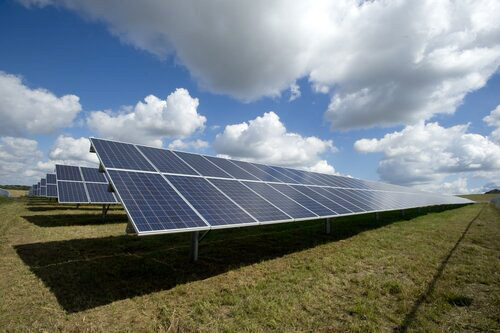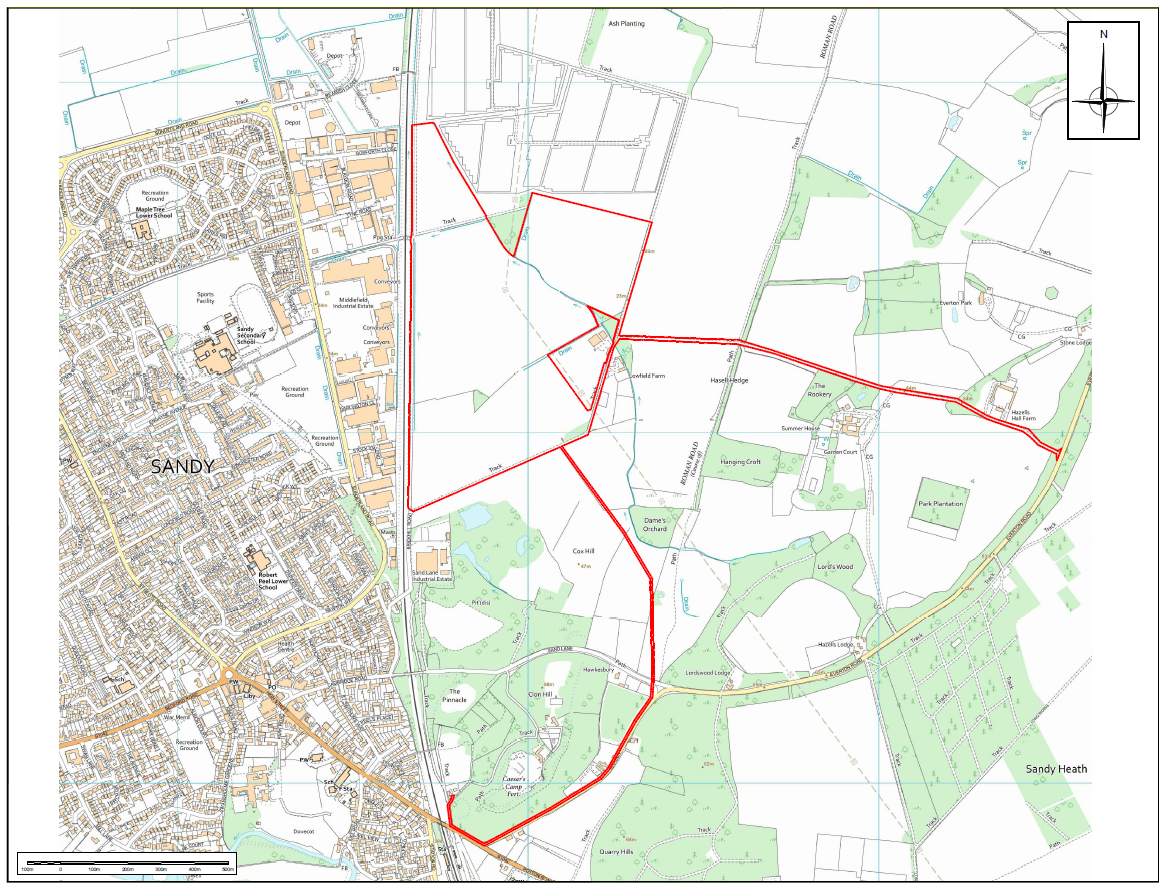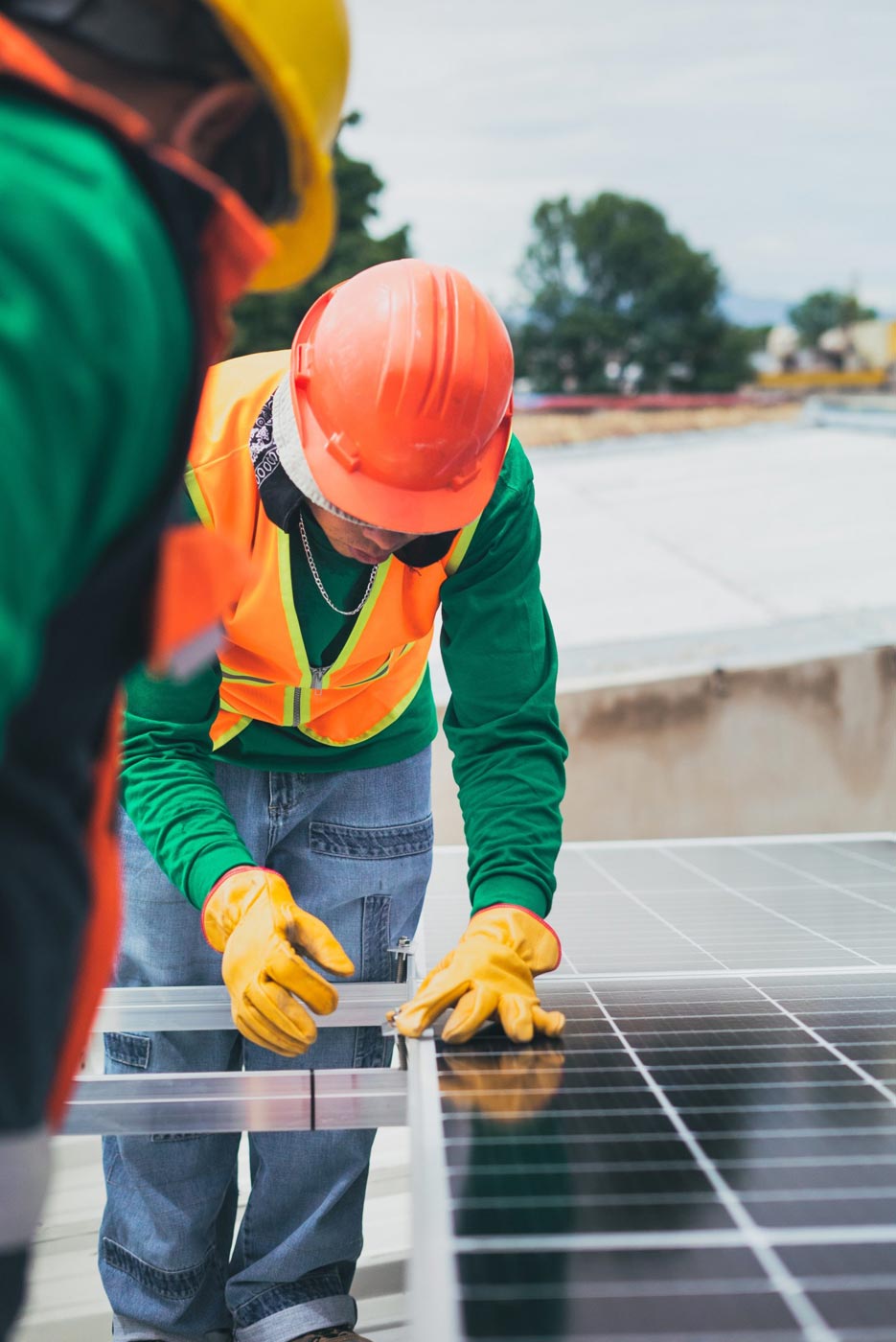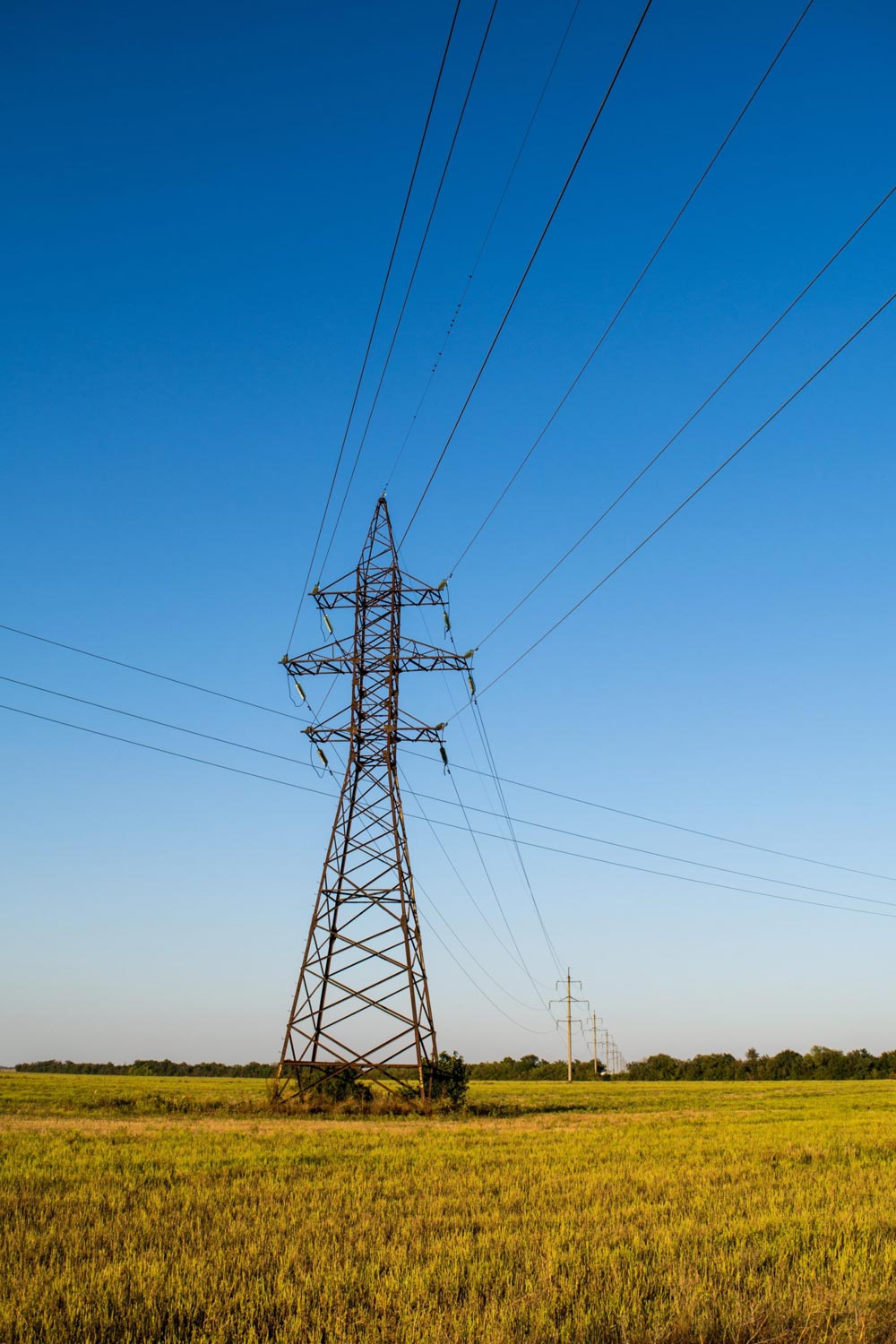LOWFIELD
SOLAR FARM
Renewable Connections is investigating the potential for a solar farm up to 26.5MW in Sandy, Bedfordshire. Once operational, the project could supply enough power for up to 9,588 homes, and make a valuable contribution towards tackling the climate emergency in Bedfordshire.
As we prepare an application to submit to Central Bedfordshire Council, Renewable Connections is undertaking consultation to inform local communities of our proposed plans and invite any feedback. We will be hosting a Public Exhibition Event on Tuesday 30th April 2024, 3pm to 7pm at The Roundabout Club, Bedford Road, Sandy, Bedfordshire, SG19 1EL.
If you are unable to attend the consultation event please feel free to contact us directly for more information about the project.
We welcome any feedback you wish to provide so please do get in touch: lowfieldsolar@renewableconnections.co.uk

QUICK FACTS
Up to 5,077 tonnes
of CO2 saved annually
Up to 27,896 megawatt hours supplied each year
Equivalent annual energy needs of up to 9,588 homes
These figures are calculated using the following references. Last updated 22/06/23
- https://www.gov.uk/government/statistics/subnational-electricity-and-gas-consumption-summary-report-2021
- https://www.nationalgrideso.com/news/britains-electricity-explained-2022-review
Please note that these figures are representative of the first year of generation only. As new renewable energy projects are built, the electricity grid will de-carbonise and the relative carbon dioxide emissions avoided per year will reduce. This and all of Renewable Connections projects make a positive impact towards the UK’s net-zero targets
LOCATION
The site proposed for Lowfield Solar Farm comprises approximately 47 hectares of land located at Lowfield Farm, Sandy, Bedfordshire. The site is located north east of the village of Sandy and to the south west of the village of Everton.
Our plans are still in the development stages, so our design proposals will evolve as we gather local input and consider the results of our environmental assessments.
OUR PROPOSALS
If consented and installed, the solar farm will have a capacity of up to 26.5MW and will be operational for up to 40 years. After that time, all of the installations will be removed and the land restored to how it was before, but with improved soil health and biodiversity due to being left fallow. The power generated will be exported to the grid via the adjacent substation that will connect to an on-site connection point via underground cabling.
The solar panels will be installed in rows, which run east to west through the site. These rows will be tilted towards the south to capture the maximum amount of solar irradiation possible. The total height of the panels will be no more than 3m above the ground with a gap of more than 0.8m above the ground at its minimum.
Small electric cabins will be located amongst the panels and these will be accessed by a network of crushed stone track which will run through the site. All of the panels will be surrounded by security fencing to protect the equipment from large animals entering the site. CCTV cameras will be located periodically around the site perimeter for security and face inwards.
The development will also involve additional landscaping including hedgerow planting and improved biodiversity management. Land between and beneath the panels can be used for biodiversity enhancements and as seasonal grazing for sheep if desired. The site is currently agricultural land with low ecological value, however with the implementation of a biodiversity management plan the site will be significantly enhanced for biodiversity by creating a range of new habitats, offering food and shelter to wildlife.
PROJECT TIMELINE
STAGE 1
Site selection
Autumn 2021
STAGE 2
Pre-application
Summer 2022
STAGE 3
Community consultation
Spring 2024
STAGE 4
Planning submission
Summer 2024
STAGE 5
Construction
TBC
THE NEED FOR THE PROJECT
Following the Government’s declaration of an “Environment and Climate Emergency” in May 2019, the Committee on Climate Change (CCC) advised that to meet ‘Net Zero’ targets, the UK will require substantial amounts of new, low carbon power sources to be built before 2050, up to four times that of today’s levels.
Central Bedfordshire Council declared their own climate emergency in 2019 and has since published the Central Bedfordshire Sustainability Plan of which a key focus is facilitating investments and the delivery of renewable energy infrastructure in the district.
Solar is one of the cleanest, cheapest forms of energy available. Lowfield Solar Farm would make a meaningful contribution to the energy needs of Bedfordshire and the UK by delivering green energy to up to 9,588 homes annually.
FAQ’s
Why this location?
This site has been identified following extensive site selection across Bedfordshire which took into account environmental designations, local electricity network access and capacity, the physical characteristics of the site, and a supportive landowner.
Further analysis and surveys were undertaken to better understand ecology and landscape impacts, and other factors such as flood risk, ecology, landscape and access.
Will there be any impacts on local roads?
For a period of approximately 24 weeks during construction, there will be deliveries of equipment to site. Renewable Connections will put in place measures to manage impacts of construction traffic and these measures will be included in a Construction Traffic Management Plan that will submitted with the planning application. There will be infrequent maintenance visits to the site during operation.
Will there be any permanent impact?
Solar farms are temporary and the land will be fully reinstated to farmland once the equipment is removed at the end of the project life.
The development proposes a life span of up to 40 years. The land does not become brownfield land, and is not able to be converted into residential or commercial development following the decommissioning of the site.
Does solar pose a health risk?
No – solar is a passive technology which doesn’t produce any harmful by-products.
How long will the project be there?
The development proposes a life span of up to 40 years. No later than this, the development would be decommissioned, and the site returned to agricultural use. A decommissioning plan will be provided with the planning submission.
Are solar farms noisy?
No – solar farms are not noisy, producing no more than normal background levels of sound similar to wind or distant traffic beyond the site boundary.
What are the benefits to the local community?
Renewable Connections is committed to maximising benefits for the local Community. We will establish a Community Benefit Fund and support local good causes. The project will incorporate a range of ecological and wildlife enhancements on site.
GET IN TOUCH
lowfieldsolar@renewableconnections.co.uk
0800 254 5011
Lowfield Energy Centre Limited,
Level 4 LDN:W,
3 Noble Street,
London,
EC2V 7EE
Renewable Connections is committed to respecting your privacy and to complying with UK data protection and privacy laws. Our privacy policy explains how we collect, use, share and protect personal information.


